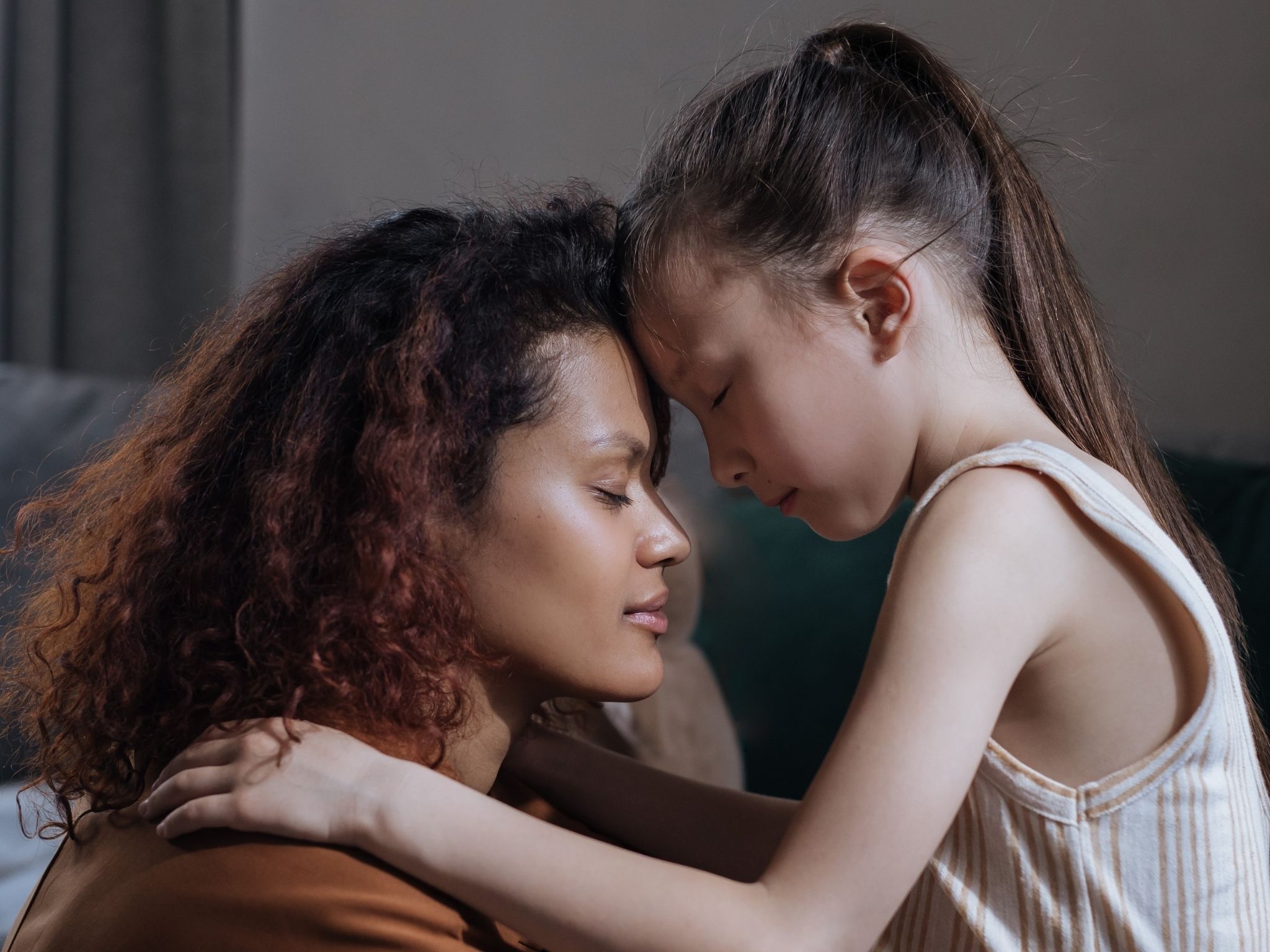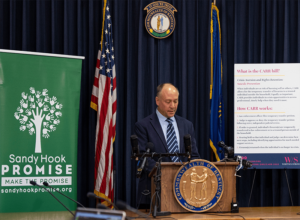Our guest blogger is national youth development nonprofit leader Crystal Garrant. She is the Chief Program Officer (CPO) for Sandy Hook Promise. Here, she shares resources from experts on supporting your children and yourself after a gun violence tragedy.
Our children are often deeply impacted, and many times silently shaken, when they hear stories of children their own age getting shot or other acts of violence in their schools and communities.
As a parent myself, I, too, ask: “What do we tell our children?” when tragedies occur, and emotions run high.
Whether it’s back-to-school anxieties, or a constant, uneasy feeling of grief or fear, we can help our children cope and be the light they need through those darker days. Here, we’ve pooled our own Sandy Hook Promise resources as well as additional valuable tips and tools. Let them be your guide with your own children or those in your classroom, out-of-school time program, or community. Through action and service, empathy and grace, we will always find the words and our way together.
How to Talk to Them
Words always matter, and whether you’re a parent, caregiver, educator, or out-of-school time professional, you may not always get it right. That’s okay. Start with these tips to create a safe space for children:
Meet the Child Where They Are. Everyone processes tragedy differently, and it’s fair to assume a child’s process will not mirror your own. Be open, honest, consider what’s age-appropriate, and above all else…
Listen. What do they understand about the tragedy? They may have many questions, but let your conversations unfold calmly, slowly, and let them set the pace.
Be Thoughtful in Your Response. Your journey to heal and process is unique to you but be mindful that your children look to you as a guide. This is a teachable moment. Be open, sensitive, calm, and age-appropriate in what you speak about with them. They will embrace this energy and learn to navigate challenge and tragedy with similar traits.
Encourage Their Expression. Tell them it’s perfectly healthy and okay to be upset, scared, frustrated, and worried. If they like to draw or write, have them do so about those feelings (or anything that feels good to them).
Maintain Structure and Routine. During times of uncertainty, structure and routine can help children navigate their emotions. Prioritizing activities and routines that are comforting provide feelings of safety.
Be Their Space for Comfort and Confidence. Children yearn to feel safe and protected. Assure them that in the event of an emergency, they will have you and specific other trusted adults in their lives to lean on every step of the way.
Allow Them Their Own Space Too. Children may need more attention, but if they show signs (or ask for) their own quiet time, give it freely. They will benefit from returning to a regular routine (eating, playing, sleeping), but be mindful of this unique time and space to cope.
Follow Their Lead. Children will often use body-language cues or change the topic as a way of expressing that they need a break. It is okay if they don’t want to talk about it or need time to sit with it.
Processing Your Own Feelings and Self-Care
While you try to help children wrap their minds around something so incomprehensible, you, too, are dealing with complicated feelings. Keep these ideas top of mind as you create an intention to move forward:
Take Media Breaks. You may naturally want to stay informed, but the 24/7 news cycle can weigh heavy on our mental health. Images and storytelling can be stressful, so breaks are essential to focus on activities that lift you.
Talk to Other Trusted Adults. You are not alone. Whether you are a parent, caregiver, educator, or neighbor, we are all connected in community. Sharing your feelings and leaning on each other for advice for coping and how to talk to children can dramatically improve your own outlook.
Empowerment Through Engagement. Horrific events can leave you with a sense of hopelessness or lack of control. You, and perhaps your older children, can reclaim your empowerment by taking action. Writing a letter to the editor or a legislator, hosting a community conversation, or being an upstander can restore your confidence in creating positive change.
Sandy Hook Promise Gun Violence Prevention Programs and Resources
One of the goals that we, as communities and as families, face in the aftermath of gun violence is action through empowerment. How do we find support and commit to ending the cycle of gun violence in our schools? Whether it’s directly talking to your school administrators or how to work toward action with others in your schools and communities, learn about our research-backed programs to get you started:
Start with Hello (Grades K-12): Our elementary through high school program teaches students empathy and empowers them to end social isolation in three easy steps.
Say Something (Grades 4-12): Students learn to recognize the warning signs of someone at-risk of hurting themselves or others and how to get help, including through an anonymous reporting system via our app, hotline, and dedicated website.
SAVE (Students Against Violence Everywhere) Promise Clubs: These student-led organizations encourage and empower youth to keep their friends, schools, and communities safe.
Explore our Digital Library for more Elementary School Resources.
Additional Resources for How to Help Children Cope with a Gun Violence Tragedy
The following organizations can offer more information and networks of support. Together we can help ourselves and our children process, heal, and find hope after acts of gun violence in our schools and communities:
Save the Children: Ways Parents Can Help Children Cope with School Violence
Save the Children (Spanish Edition)
Child Mind Institute: How to Talk to Kids About School Shootings
(Spanish and English resources available)
Child Mind Institute: Helping Kids Cope with Frightening News
(Spanish and English resources available)
CommonSense Media: How to Talk to Kids About Violence, Crime, and War
National Child Traumatic Stress Network (school shooting and mass violence resources)
Other Ways to Help Prevent Gun Violence
Real change in how America approaches school safety isn’t possible without people like you. Because of our supporters and volunteers, lives are being saved. Join us.


